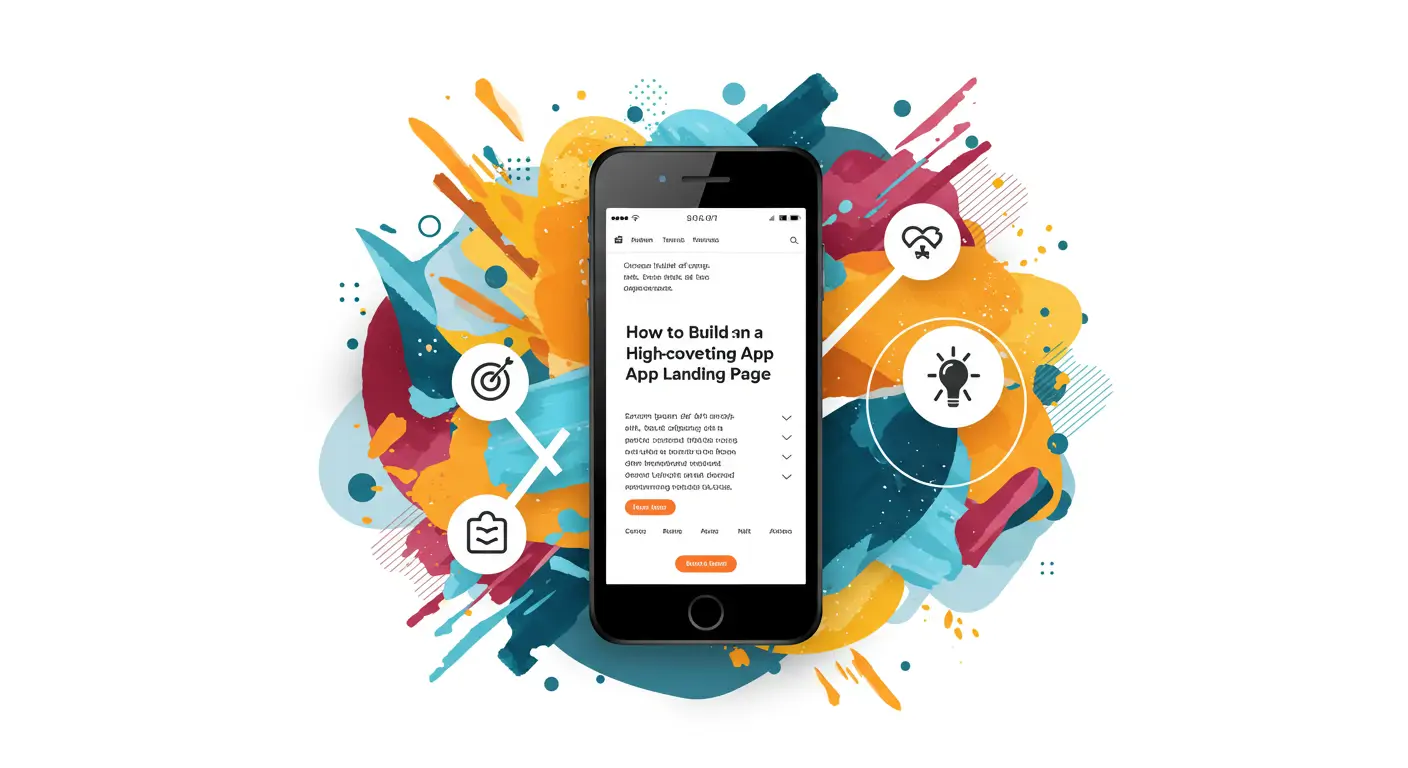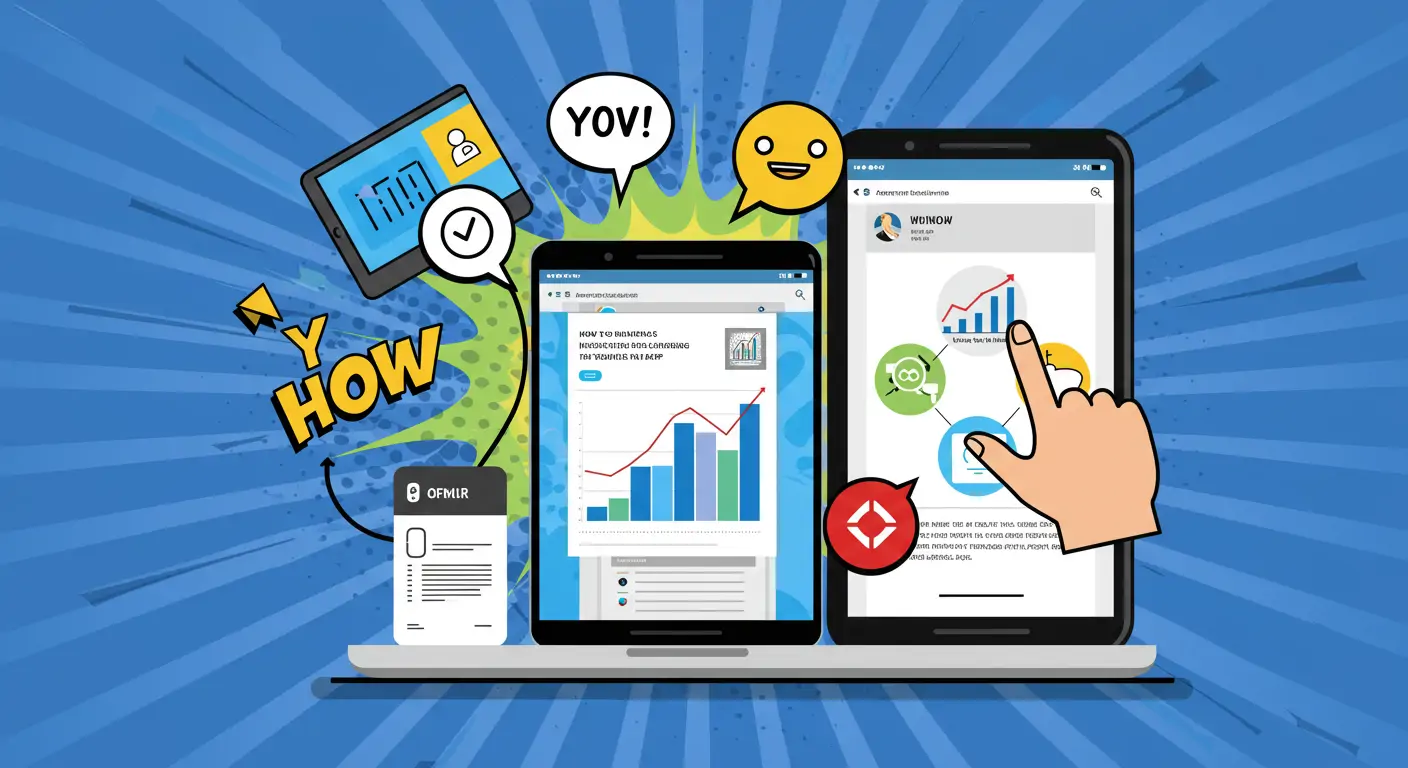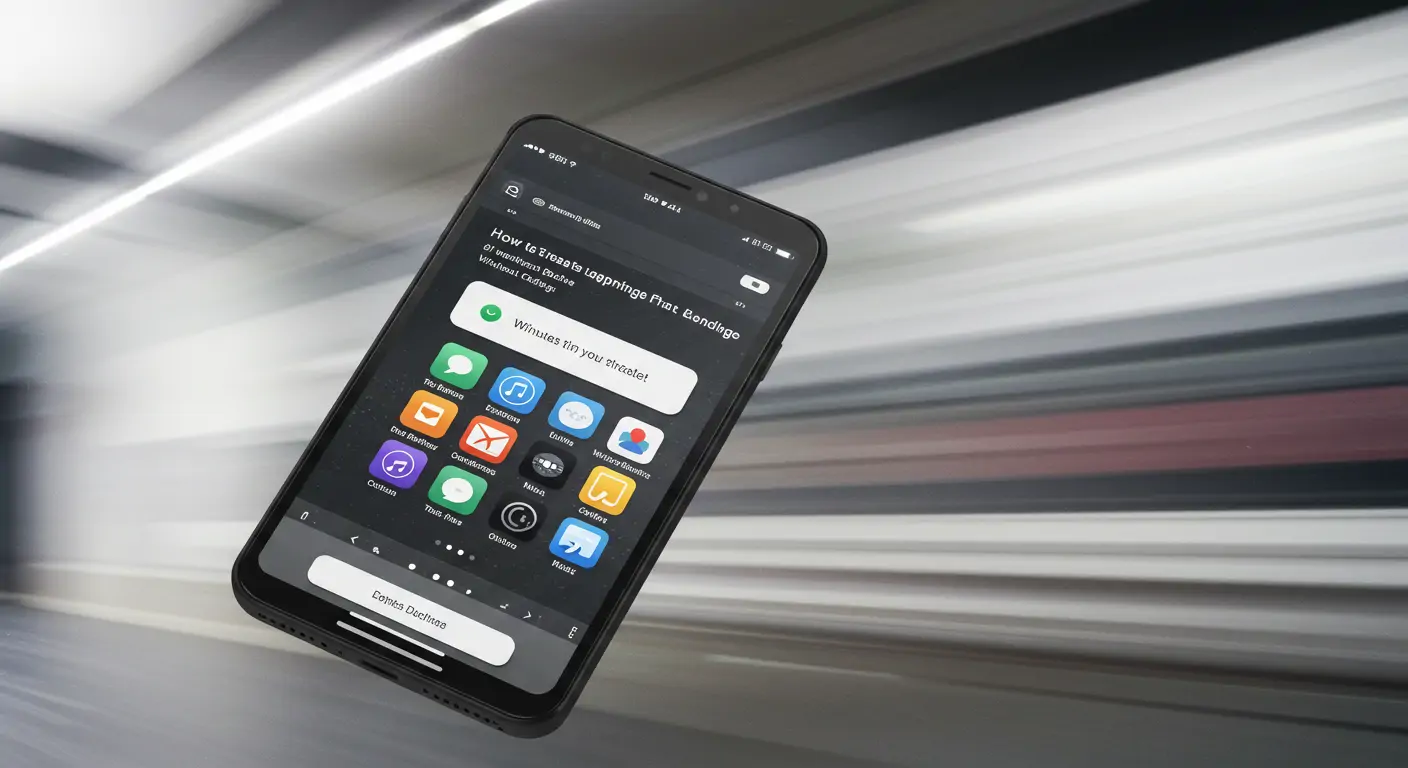Introduction: The Challenge
Developers often face the daunting task of marketing their apps with limited resources. Did you know only 0.01% of apps are financially successful? This guide offers practical insights to help your app land among the successful few by creating an effective app landing page before launch.
Why This Matters: The Data Behind It
According to recent studies, optimized landing pages can increase conversion rates by up to 300%. Apps with strong pre-launch marketing have a 40% higher chance of success. Without a proper marketing presence, app developers could miss substantial revenue opportunities. The ROI potential is significant, with every dollar spent on marketing yielding up to $5 in return.
The Problem: Why Most Developers Struggle
Challenge 1: Lack of Time
Developers often juggle multiple tasks, leaving little time for marketing. Common mistakes include neglecting the landing page until late in development and underestimating its importance.
Challenge 2: Budget Constraints
Hiring a professional agency is costly, leading many developers to attempt DIY solutions without adequate knowledge.
Challenge 3: Limited Marketing Skills
Technical expertise often does not translate to marketing prowess, making it difficult to create compelling content.
Challenge 4: Focusing on Features Instead of Benefits
Developers tend to highlight technical features rather than user benefits, which can fail to resonate with potential users.
Best Practices & Proven Strategies
Strategy 1: Know Your Audience
- Define your target audience
- Create personas to understand their needs
- Tailor your messaging to resonate with users
- Pro tip: Use customer feedback to refine your approach
Strategy 2: Craft a Compelling Value Proposition
- Focus on the unique benefits your app offers
- Highlight how it solves user pain points
- Use clear, concise language
- Pro tip: Test different value propositions for effectiveness
Strategy 3: Optimize for SEO
- Use relevant keywords naturally
- Ensure page is mobile-friendly
- Improve load times for better user experience
- Pro tip: Regularly update content to boost rankings
Strategy 4: Leverage Social Proof
- Include testimonials and reviews
- Showcase any awards or recognitions
- Display download statistics, if impressive
- Pro tip: Use visuals to enhance credibility
Strategy 5: Implement Clear CTAs
- Place CTAs strategically throughout the page
- Use action-oriented language
- Test different designs and placements
- Pro tip: Limit to one primary CTA to avoid confusion
Strategy 6: Use Visuals Effectively
- Incorporate high-quality images and videos
- Use visuals to demonstrate app functionality
- Ensure visuals align with brand aesthetics
- Pro tip: A/B test different media types
Strategy 7: Simplify Navigation
- Keep the layout intuitive
- Minimize distractions and clutter
- Ensure key information is easily accessible
- Pro tip: Use visual hierarchy to guide the user's flow
How mvpweb.app Works
mvpweb.app offers a seamless solution to these challenges:
- Feature 1: Launch SEO-optimized pages automatically, addressing Challenge 1 by saving time.
- Feature 2: Affordable pricing plans reduce budget constraints, allowing developers to focus resources elsewhere.
- Feature 3: Get better results with an intuitive interface compared to complex alternatives.
Real-World Success Examples
Example 1: Productivity App
- Initial situation: Struggled with low pre-launch visibility
- What they implemented: Used mvpweb.app for landing page creation
- Results: 50% increase in early sign-ups
- Key takeaway: Professional landing pages can significantly boost user acquisition
Example 2: Fitness App
- Initial situation: Limited marketing budget
- What they implemented: Leveraged social proof and testimonials
- Results: Achieved 300% ROI within three months
- Key takeaway: Strategic use of marketing elements can drive substantial returns
Step-by-Step Implementation Guide
- Step 1: Identify your target audience
- Step 2: Define your app's unique value proposition
- Step 3: Design your landing page layout
- Step 4: Implement SEO best practices
- Step 5: Incorporate social proof
- Step 6: Add compelling CTAs
- Step 7: Use mvpweb.app for efficient setup and deployment
- Step 8: Test and refine based on user feedback
Measuring Success: Key Metrics
Track these KPIs to measure success:
- Conversion rate: Aim for 2-5% for new visitors
- Bounce rate: Keep it below 40%
- Average session duration: Over 2 minutes indicates good engagement
- Tools: Utilize mvpweb.app analytics for real-time insights
- Optimization tip: Regularly A/B test elements for continuous improvement
Common Mistakes to Avoid
- Mistake 1: Overloading with information
Solution: Keep content concise and targeted - Mistake 2: Ignoring mobile users
Solution: Ensure mobile responsiveness - Mistake 3: Skipping A/B testing
Solution: Test different elements regularly - Mistake 4: Focusing solely on aesthetics
Solution: Prioritize functionality and usability - Mistake 5: Lack of clear CTAs
Solution: Make CTAs prominent and actionable
Frequently Asked Questions
- How much does mvpweb.app cost?
- What are the technical requirements?
- How much time will it take to set up?
- When can I expect to see ROI?
- How does it compare to alternatives?
- Can I customize my landing page?
- Is there support available?
Conclusion: Your Next Steps
- Recap: Effective landing pages are crucial for app success
- Recap: mvpweb.app simplifies the creation process
- Recap: Track and optimize performance for maximum ROI
Next Action: Start by identifying your target audience and crafting your value proposition.
CTA: Ready to see your app succeed? Try mvpweb.app free for 14 days.
For more insights, explore our additional resources on effective app marketing strategies.




